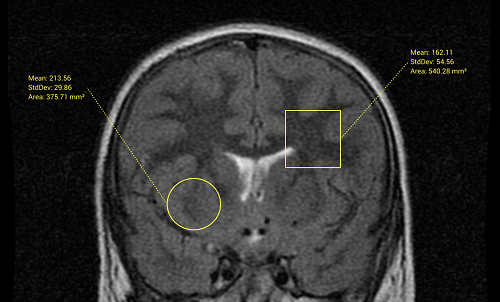

ImageMagick supports conversion between over 90 (typically 2D) image formats as well as some basic image processing. imdata member) such that you can easily work with images in these data formats. The image class is a thin wrapper around typed numpy array objects (the. XDR reading includes NKI compressed images (useful to work with your Elekta images). The input frames need not have the names that the originalĬonverting unsupported 2D images to an ITK supported format This library supports r/w MetaImage (MHD,ITK), r/w AVSField (.xdr) and read Dicom images. ImageSeriesReadWrite frame*.png output.mha # or e.g. MetaImage provides similar tags (ElementToIntensityFunctionSlope/Offset), but currently, they are ignored and they don’t even appear in the MetaDataDictionary of the metaImageIO - so they are lost while reading. So with minor changes, it ImageSeriesReadWrite can be modified to work when reading DICOM images with ITK, rescaleIntercept / Slope is forcefully applied. Of course, in Linux and other unixes the shell understands wildcards, Using ImageSeriesReadWrite in InsightToolkit-2.0.0/Examples/IO/. Then, the frames dumped by mplayer can be put together into a volume To see to what other formats one can output the frames to, to dump each frame in an avi clip to a separate png image Licensed under the Apache License, Version 2.0 (the 'License') you may not use this file except in compliance with the License. class GDCMImageIO : public itk:: ImageIOBase ImageIO class for reading and writing DICOM V3.0 and ACR/NEMA 1&2 uncompressed images. Just about any format under the sun and can use just about any codec as mhd is written, but the corresponding raw file is not present.

You will see below that the output reports that the.
#Itk metaimage to dicom movie
Multimedia tools - to dump each frame in a movie clip. Below is a python code snippet to observe the issue which can also be triggered when defining an output filepath for a metaimage using the Slicer Save dialog. I work exclusively in Linux and one can use mplayer - the mother of all Importing other file format Movies as 3D images data from multiple files, using MetaIO conventions Scanditronix Gif GIFTI GIPL Interfile ITK MetaImage JPEG JSON LONI Matlab MGH MATLAB for Neuroscientists. MetaData dictionary, via mapping to key/value pairs all the pixel types in ImageIOBase, including DIFFUSIONTENSOR3D
#Itk metaimage to dicom series
data stored in multiple files (e.g., a metaImage file could be a text file pointing to a series ofĢD images that are stacked to form the 3D metaImage). Patient Meta Data (orientation, scan date, comments, modality, etc. itk's SpatialObjects (i.e., scenes containing ellipses, images, vessels, dti fiber tracks, etc) The following table lists the built-in file format support against each data type: In this case, the itk::RescaleIntensityImageFilter can be used before casting. It is important not to truncate the data by converting to a smaller type (ie. In some cases, it may be necessary to add an itk::CastImageFilter to convert the output to a pixel format appropriate for the target file. The itk::Image class can be templated over virtually any pixel type, however not all file formats support all data types for reading and writing.
#Itk metaimage to dicom windows
This “%” character is also a valid character in the Windows file system.īelow is a python code snippet to observe the issue which can also be triggered when defining an output filepath for a metaimage using the Slicer Save dialog. I have seen users utilize this character for a directory name when describing a volume such as the concentration of a drug. I’m observing an issue with some file I/O when reading/writing metaimage mhd+raw data in a filepath location that contains a character such as “%”.


 0 kommentar(er)
0 kommentar(er)
